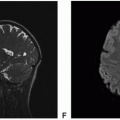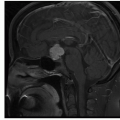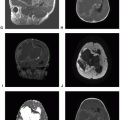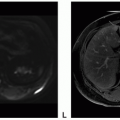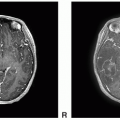Choroid Plexus Tumors
Overview
Two types of choroid plexus tumors are presented—choroid plexus papilloma and choroid plexus carcinoma—both of which are strongly associated with familial cancer syndromes and primarily affect the pediatric age group.
|
Choroid Plexus Papilloma
Definition: Choroid plexus papilloma is a benign solid neoplasm arising from the neuroepithelial cells of the choroid plexus epithelium, growing within the ventricles and producing Cerebrospinal fluid (CSF).
Epidemiology: This tumor primarily affects children, with about 80% of all choroid plexus tumors occurring in the first decade of life. Most choroid plexus tumors occur sporadically, except in two hereditary syndromes—Aicardi syndrome (defect in X chromosome leading to malformations) and Li-Fraumeni syndrome (autosomal dominant syndrome linked to germline mutations of p53 tumor suppressor gene).
Affected age group: Pediatric CPPs tend to occur in the lateral, or less frequently in the third, ventricle whereas the fourth ventricle is more commonly involved in adult CPPs. A meta-analysis of CPP location found that the median patient age was 1.5 years for lateral/third ventricles, 22.5 years for fourth ventricle, and 35.5 years for cerebellopontine angle.
Molecular and genetic profile: This tumor is often associated with MGMT promoter methylation and less commonly with Aicardi syndrome (X-linked syndrome with triad of corpus callosal dysgenesis, chorioretinal lacunae, and infantile spasms).
CSF markers: None.
Clinical features and standard therapy: Gross total resection usually achieves cure of choroid plexus papilloma, with a 5-year survival of near 100% or 100%. However, recurrence locally or at a distant site, especially when the tumor is incompletely resected, is not unusual and contributes to shorter survival.

